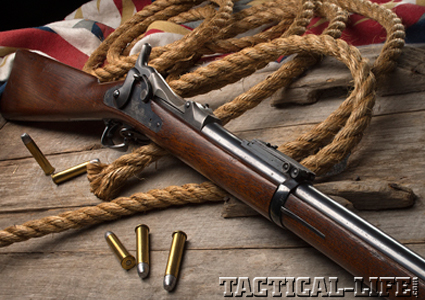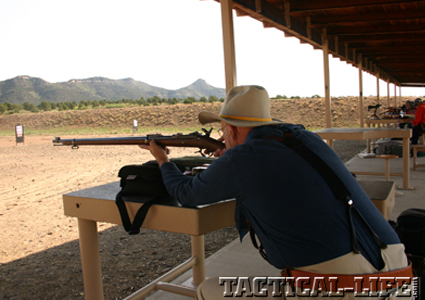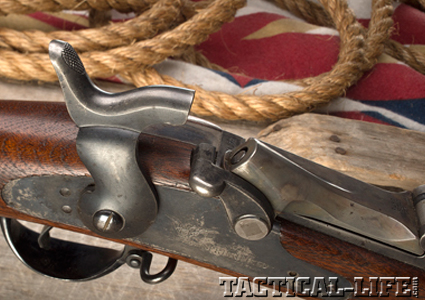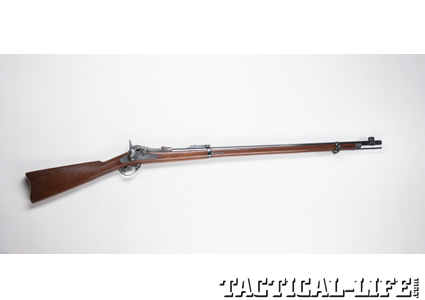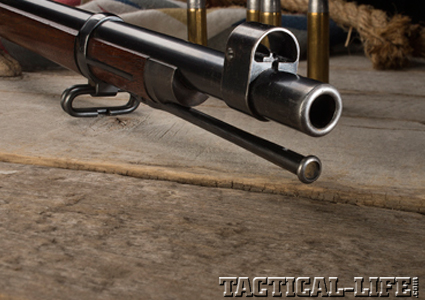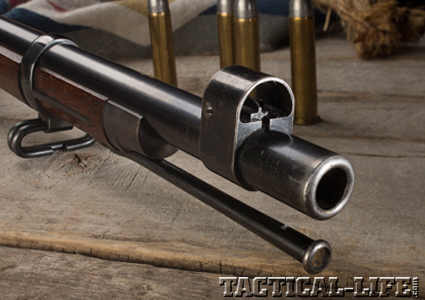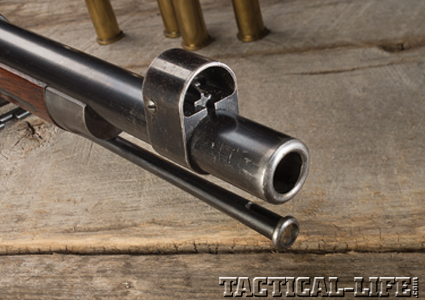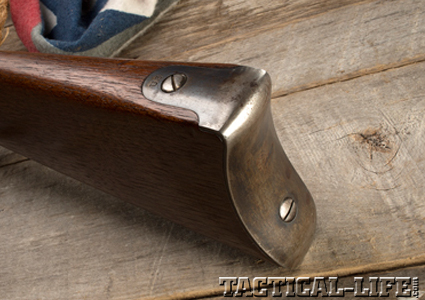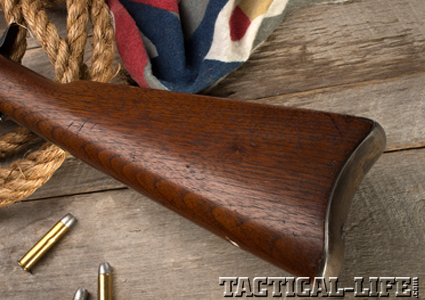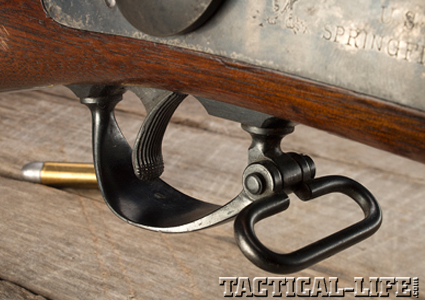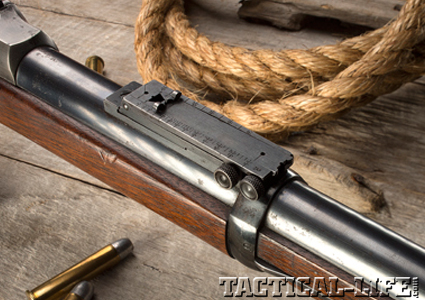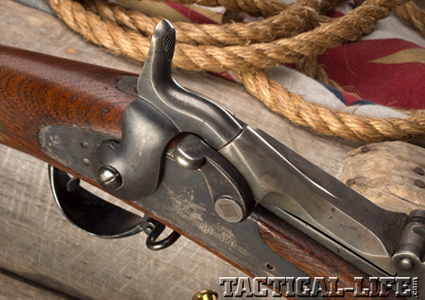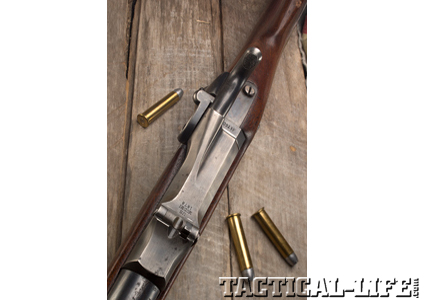By the end of the War Between the States, the writing was on the wall for the U.S. military: The era of the muzzleloading, percussion-cap rifled musket was over. The Civil War would be the last major war in which this type of long arm predominated, as the Western world’s great armies began to adopt breechloading weapons firing the new self-contained metallic cartridges. Looking to save money, the British military looked first at converting thousands of cap-and-ball rifled muskets to accept cartridges. A side-hinged breechblock invented by American Jacob Snider was fitted to the .577 caliber Enfield Pattern 1853 rifled muskets, and their original barrels and locks were retained. A Boxer cartridge in .577 was used, and the rifle proved even more accurate than the muzzleloader. The U.S. military, with thousands of 1861 and 1863 rifled muskets on hand, decided that this might be the way to proceed.
Leaving The Muzzleloader
American inventor and Springfield Armory master armorer Erskine S. Allin patented a design for a breechblock that hinged at the top of the barrel. A thumb-operated cam latch locked it in place and also released it to swing upward for loading. This looked a lot like a trapdoor, hence the rifle’s nickname. A rack-type extractor pulled the cartridge case from the breech as the block was lifted, and the cartridge was subsequently ejected. A long firing pin in the block (which led to the moniker “needle gun”) was stuck by the hammer that now had a flattened nose. In imitation of the British muskets, this American gun used the original barrel and lock and chambered a .58-60-500 rimfire cartridge (.58 caliber, 60 grains of black powder, 500-grain bullet). This, the 1865 Trapdoor Springfield rifle, quickly developed problems, and an improved version called the 1866 Springfield took its place. It had a more robust breechblock and a simplified extraction system and fired a ballistically superior .50-70 centerfire cartridge that launched a 450-grain lead bullet backed with 70 grains of black powder. However, the Ordnance officers were still unhappy with the extractor and the fact that the .58 caliber barrels on the muskets had to be relined to .50 caliber. The 1866 Trapdoor was issued to troops in 1867 and had a significant role in several battles with the Native Americans…
GET THIS ISSUE NOW! at www.tactical-life.com/subscribe/military-surplus/.
Advertisement — Continue Reading Below
